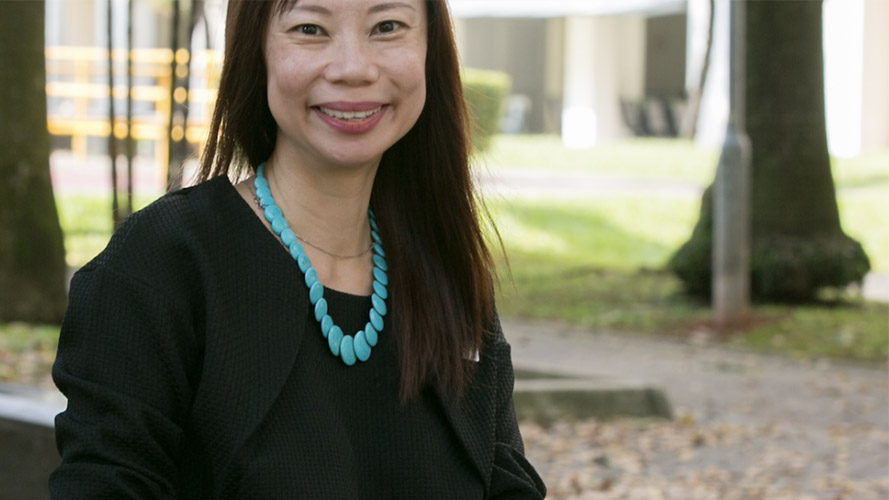How to effectively follow up on your job applications
Following up on your job applications is just as important as sending them. Here are some practical tips to do this.
In Singapore, the interview process alone takes an average of 25.4 days in 2017, more than the global average of 23.7, according to interview reviews shared on Glassdoor.
If you are a jobseeker, especially aged 40 and above, what can you do to follow up to make sure your job applications get noticed? Here are some ways to go about this.
Choose the right time
Follow up appropriately with the right questions, at the right time. Recruiting firms say that if there is no closing date on the job application, a good practice is to call or email five to 10 business days after submitting it.
This gives the company enough time to go through your application but also ensures you haven’t left it too long — so much so the company is already too deep in the hiring process and as a result, omits your application. If there is a closing date, send an email or make a call to the hiring/recruitment manager one week after the closing date of the job posting.
Express your passion
When following up, make it clear that you are aware of their busy schedules and keep the conversation short. Enquire about the status of the application and show how keen you are on the position. Reiterate how you think you would be an ideal match but make sure you do this only for the roles that you want most.
For example, here’s one way to send a follow-up email:
Dear [Hiring Manager],
I hope this email finds you well. I am writing to check the status of my application for the post of [job advertised] at [company name]. I am excited about this role and think I would be an ideal match.
I have also been impressed by the recent news of your plans to [open a new oil and gas refinery in Singapore to increase energy-efficiency/set up a model factory to improve energy management/invest in training local staff for fintech roles] and I believe my years of experience [working on energy-efficient power generation solutions/adapting to smarter manufacturing technologies/developing software for e-commerce applications] will be invaluable to your company goals.
On some rare occasions, you might even be able to use the response you get as feedback on how you can improve your future applications. It’s important to not be disheartened if you don’t hear from them, and move on to other job applications instead.
Request to connect on LinkedIn
Traditionally, job searches used to end with the hiring manager’s rejection. But today, with complex hiring processes and multiple touch points for connecting, especially on social media, it pays to stay connected with a hiring manager, even if you were not considered for the job role at this point of time.
A platform like LinkedIn is tailor-made for this, with professionals connecting with each other on the lookout for learning and future job opportunities. It’s also a two-way street, where as a jobseeker you can follow a hiring manager’s updates about the company’s latest developments including job vacancies, while you stay visible and on the hiring manager’s radar when the time comes for them to fill a vacancy.
However, think carefully before you connect with a hiring manager on LinkedIn. A “cold connect” just after sending in your application can seem unprofessional and even intrusive. This is why a follow-up email after you apply is the best time to ask them if you can connect on LinkedIn for future opportunities.
If and only if they respond in agreement, then go ahead and send in a connection request via the platform. Do this immediately, and make sure to refer to your follow-up email exchange in a personalised message sent with your connection request. For example, a sample message could read:
Thank you for considering me for the role of [mention the role] at your company. As agreed in my follow-up email to you, I am requesting to have you as a professional contact here on LinkedIn. Looking forward to seeing how your company grows. Feel free to reach out to me for any future opportunities.






